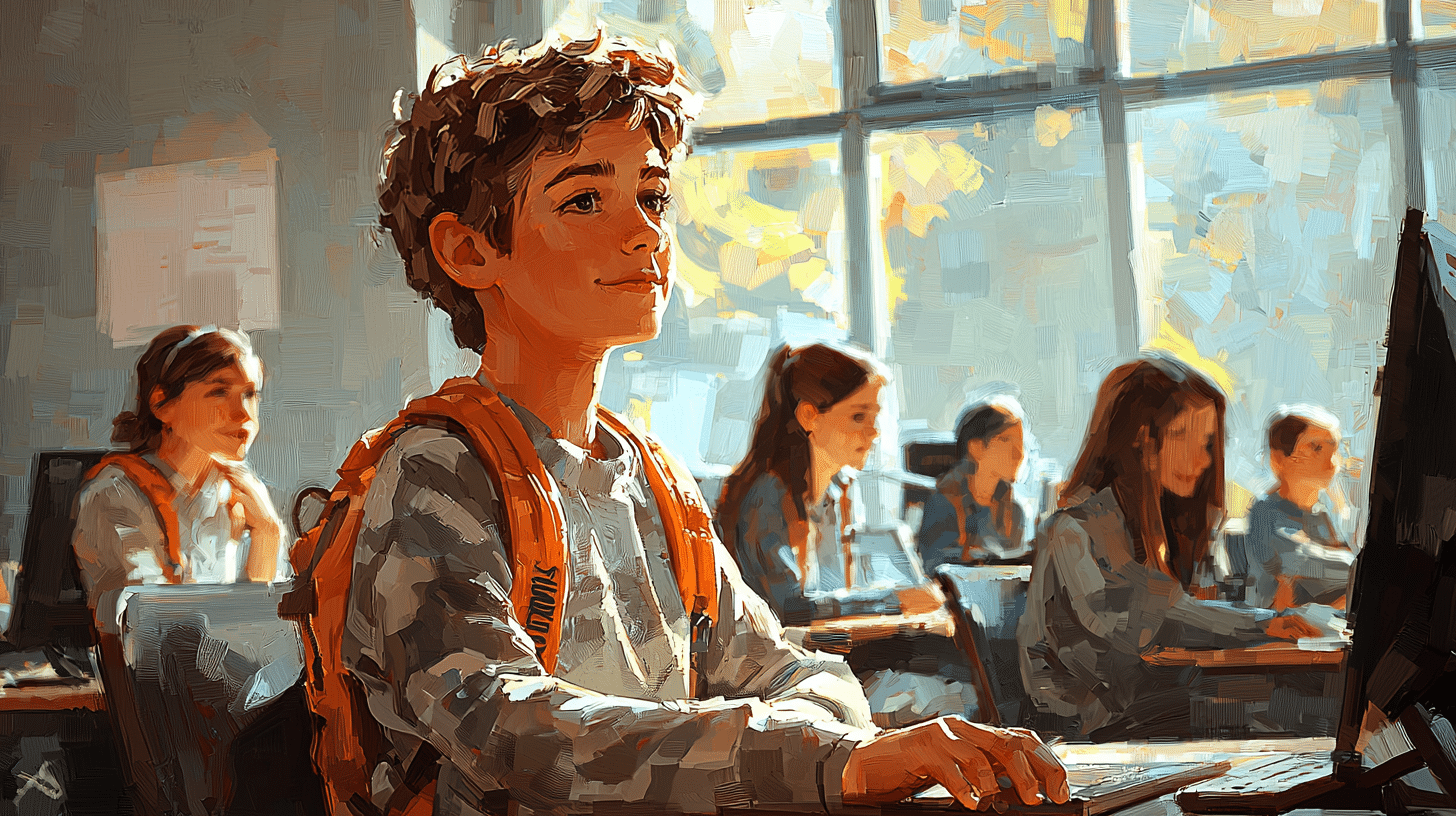Ukrainian cinema, with its rich history and diverse storytelling, has been an important medium for the representation of Ukrainian language and culture. Language in film is not just a tool for communication; it is a carrier of identity, history, and cultural nuances. In the context of Ukrainian cinema, the language serves as a bridge to the nation’s past, present, and future. This article explores how the Ukrainian language is represented in cinema, examining its evolution, significance, and the challenges it faces in the global film industry.
The Historical Context of Ukrainian Cinema
The roots of Ukrainian cinema can be traced back to the early 20th century. The first Ukrainian film, “The Cossack Beyond the Danube,” was released in 1911. During the Soviet era, Ukrainian cinema often had to navigate the complex political landscape, where Russian was predominantly used in films. Despite these challenges, Ukrainian filmmakers managed to produce significant works that highlighted Ukrainian culture and language. Films like “Earth” (1930) by Alexander Dovzhenko became iconic, showcasing the beauty of the Ukrainian countryside and the resilience of its people.
The Resurgence of Ukrainian Language in Post-Soviet Cinema
With the dissolution of the Soviet Union in 1991, Ukraine gained independence, and this period marked a resurgence of the Ukrainian language in cinema. Filmmakers began to explore themes of national identity, historical memory, and cultural heritage. The use of the Ukrainian language became a symbol of resistance and pride. Movies like “Shadows of Forgotten Ancestors” (1965) by Sergei Parajanov, though made during the Soviet era, gained renewed appreciation for their authentic portrayal of Ukrainian folklore and dialects.
Modern Ukrainian Cinema: Language as Identity
In contemporary Ukrainian cinema, the language continues to play a crucial role in defining and expressing national identity. Films such as “The Guide” (2014) by Oles Sanin and “Frost” (2017) by Sharunas Bartas delve into historical and socio-political themes, using the Ukrainian language to add authenticity and emotional depth. These films not only tell compelling stories but also serve as cultural artifacts that preserve and promote the Ukrainian language.
Language and Dialect Diversity
One of the fascinating aspects of Ukrainian cinema is its representation of various dialects and regional linguistic variations. Ukraine is a country with diverse dialects, and filmmakers often incorporate these to add realism and depth to their characters. For instance, the film “My Thoughts Are Silent” (2019) by Antonio Lukich humorously explores the linguistic and cultural differences between urban and rural Ukraine. The protagonist’s journey across different regions highlights the rich tapestry of Ukrainian dialects and the sometimes comical misunderstandings that arise from them.
Challenges and Opportunities in the Global Market
While the representation of the Ukrainian language in cinema has seen significant growth, it also faces challenges in the global market. The dominance of English and other major languages in the international film industry often overshadows smaller languages. However, there are opportunities for Ukrainian cinema to gain international recognition and appreciation.
Subtitling and Dubbing
One of the ways to make Ukrainian films accessible to a global audience is through subtitling and dubbing. Subtitles allow viewers to experience the original language and its nuances, while dubbing can make films more approachable for those who prefer not to read subtitles. However, the challenge lies in maintaining the authenticity and emotional impact of the original language during translation.
Film Festivals and International Platforms
Film festivals play a crucial role in promoting Ukrainian cinema and its language. Events like the Cannes Film Festival, Berlin International Film Festival, and Toronto International Film Festival provide platforms for Ukrainian filmmakers to showcase their work. Films such as “Donbass” (2018) by Sergei Loznitsa and “Homeward” (2019) by Nariman Aliev have garnered international acclaim, bringing Ukrainian stories and language to a broader audience.
The Role of Animation and Children’s Films
Animation and children’s films are powerful tools for language preservation and education. Ukrainian animated films like “The Stolen Princess” (2018) have gained popularity not only in Ukraine but also internationally. These films often incorporate Ukrainian folklore, legends, and traditional music, providing a fun and engaging way for young audiences to connect with their cultural heritage and language.
Educational Initiatives and Language Learning
In addition to entertainment, films can serve as valuable resources for language learning. Educational initiatives that use Ukrainian films as teaching tools can help learners improve their language skills while gaining insights into Ukrainian culture. Language schools and online platforms can incorporate film screenings, discussions, and activities based on Ukrainian cinema to create an immersive learning experience.
The Future of Ukrainian Language in Cinema
The future of the Ukrainian language in cinema looks promising, with a new generation of filmmakers dedicated to telling stories that reflect the country’s diverse experiences and rich history. As Ukraine continues to assert its cultural and linguistic identity on the global stage, the representation of the Ukrainian language in cinema will undoubtedly play a crucial role in this journey.
Conclusion
In conclusion, the representation of the Ukrainian language in cinema is a testament to the resilience and creativity of Ukrainian filmmakers. From the early days of silent films to the vibrant contemporary film scene, the Ukrainian language has been a powerful medium for storytelling, cultural preservation, and national identity. Despite the challenges posed by the global film industry, Ukrainian cinema continues to thrive, bringing the beauty and richness of the Ukrainian language to audiences worldwide. As we look to the future, the continued support and promotion of Ukrainian films will be essential in ensuring that this vital aspect of Ukrainian culture remains vibrant and influential.

